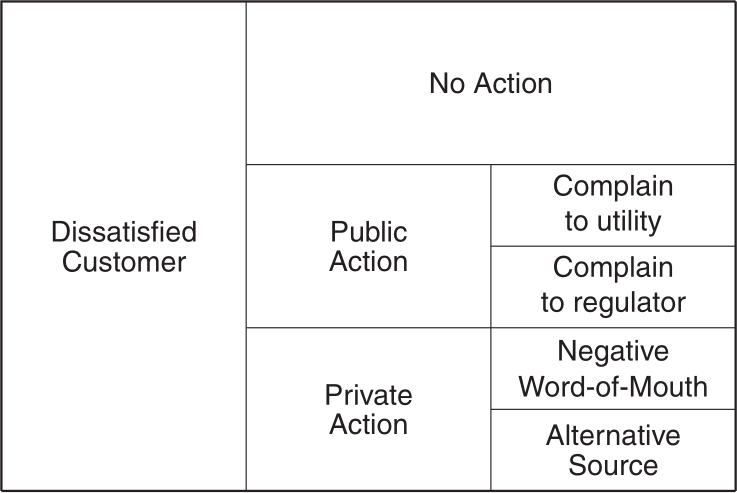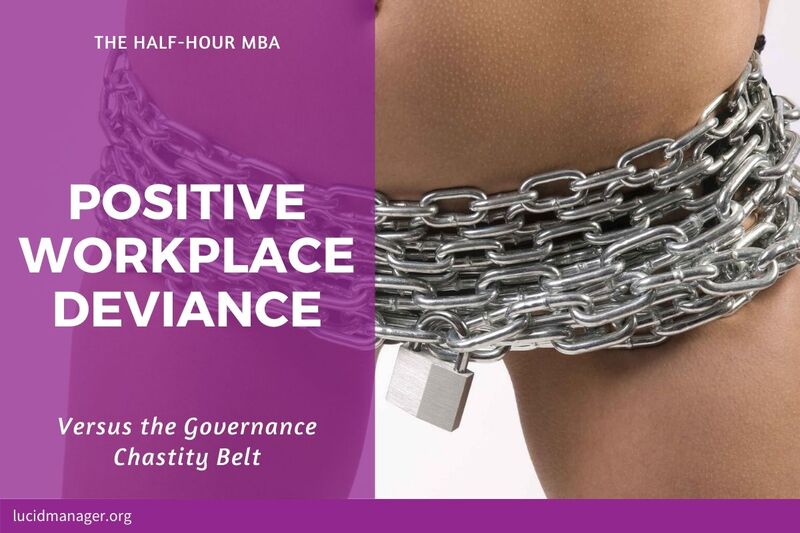
Customer Complaints Are a Gift: Value from Customer Feedback

Peter Prevos |
1170 words | 6 minutes
Share this content
One Monday morning, Jeff dragged himself back to work, preparing for a new week on the phone and helping customers. However, his day was rudely interrupted when his manager scolded him about a customer complaint that had come to his attention. Jeff went back to his workstation and, angry and disenchanted, screamed to himself: "bloody customers!" This article explains why complaints are a gift to the organisation to improve performance and not a mere nuisance.
Complaints are difficult to process with dealing with an angry customer. People who feel aggrieved by their service provider don't hold back and provide a raw insight. The natural response of a service provider is to be defensive. Some managers dismiss complaints as subjective feedback, while others seek to blame and use them punitively.
Many organisations use complaint statistics as a performance indicator that aims for zero. However, using complaints as a performance measure is not productive because they become a negative measure of performance rather than a mechanism to improve the level of service. So the counterintuitive logic is that a service provider should maximise the number of complaints.
McDonald's seemed to have grasped the concept that complaints are a gift and has created this beautiful piece of advertising to motivate people to voice their opinion.
This article is part of a series in marketing for engineers, based on my research and experience with analysing the customer experience in water utilities.

Customer Experience Management for Water Utilities: Marketing Urban Water Supply
Practical framework for water utilities to become more focused on their customers following Service-Dominant Logic.
Are complaints subjective?
The customer is always right about their perception of the value they receive and complaints provide insight into how customers perceive what you do. Unfortunately, in many organisations, complaints are a negative performance indicator. When a customer lodges a formal expression of dissatisfaction, managers run around in blind panic and blame somebody for this negative feedback. A more productive approach is to view a complaint as a measurement.
One often-heard defence against complaints is that they merely provide a subjective view of performance. For example, the customer might think that their tap water is unacceptable, but the utility repeatedly states that it is safe to drink. In organisations that provide technical services, engineers can easily dismiss a complaint by pointing at statistics that disprove the customer's view of the world.
Marketing gurus point out that the customer is always right. This statement is correct but needs a subtle change. The customer is always right about how they feel about the service they receive. They might not be correct about the facts, but their feelings are accurate and verifiable. Therefore, when somebody tells you how they feel, this is not subjective data but an objective statement.
The customer is always right about their perception of the value they receive.
How customers feel about factual aspects of a service, such as how long it takes to respond to requests, is subjective, but how they feel about this is an objectively measurable variable. Thus, customer complaints are perspectives on service delivery as much as technical measurements are. Technical measures tell a story about the physical reality, but complaints provide insight into a psychological fact. And in marketing, customer perception is reality.
The Complaint Process
The idea that a service provider always perfectly meets the expectations of customers is unreasonable. Nevertheless, a certain level of complaints is unavoidable and even preferable. Complaints are the background radiation of service provision. Too much is dangerous, but at most levels, they are a natural fact of life.
Complaints are like radioactivity; there is always a natural background level.
Complaints are not a product of the modern world. The video below presents a translation of the oldest surviving letter of complaint, written in ancient Sumeria 3,700 years ago. Archaeologist found the letter in the ruins of the ancient city of Ur, in modern-day Iraq. This letter shows that society has not changed as much as we think it has.
But what causes a customer to take the effort of picking up a clay tablet and spend much time expressing their discontent. Customers have several options when they experience dissatisfaction.
They can decide not to take action. However, doing so will erode trust in the organisation and eventually lead to more significant problems in the future.
Customers can take private action by seeking an alternative service provider or by badmouthing the organisation. In commercial settings, this option will erode revenue. Negative word of mouth implies that the negative experience spreads like a virus and will be much more challenging to contain.
Lastly, grieved customers can take public action by complaining to a regulator or the service provider directly.

The likelihood that a customer complains after a negative experience is relatively low. Estimates vary that only between 1% and 5% of unhappy customers make an effort to contact their service provider. Most negative experiences lead to private or no action.
A low level of complaints can this counter-intuitively lead to problems. The best possible outcome in this simplified decision model is that a customer complains about the utility. Once a customer takes the time and effort to contact the utility, you have an opportunity to influence their perception. Any of the other outcomes will lead to adverse effects.
The Service Recovery Paradox
Once a customer complains to an organisation, then you have an opportunity to turn their perceptions around. The service recovery paradox is the phenomenon that aggrieved customer who complains will be more satisfied than those who never complain in the first place. This mechanism only applies in cases where the organisation has a well-designed service recovery process.
This fact is an apparent paradox because it does not imply that you should purposely make customers unhappy so you can ride the service recovery wave.
Motivating customer to complain also requires an excellent complaint management process to ensure that the organisation can benefit from the service recovery paradox.
Customer complaints are a gift
McDonald's are not the only fast-food company performing a mea culpa on television. Also, pizza purveyor Domino's recently admitted having changed its recipe after customer feedback. Patrick Doyle, president of Dominoes, summarised their journey succinctly:
You can either use negative comments to get you down, or you can use them to excite and energise you.
To embrace complaints as an organisation, you need to lower the threshold for customers to provide their feedback. Don't hide behind formal processes, lengthy complex forms and other techniques to
The moral of this story is to embrace customer complaints. If a customer complains about a fly in their soup, perhaps it might be a crouton, but it is the job of the service provider to manage these perceptions. A lucid manager removes emotion from the process and rationally reviews every complaint, seeking ways to make the customer feel better and improve the organisation.
Share this content


